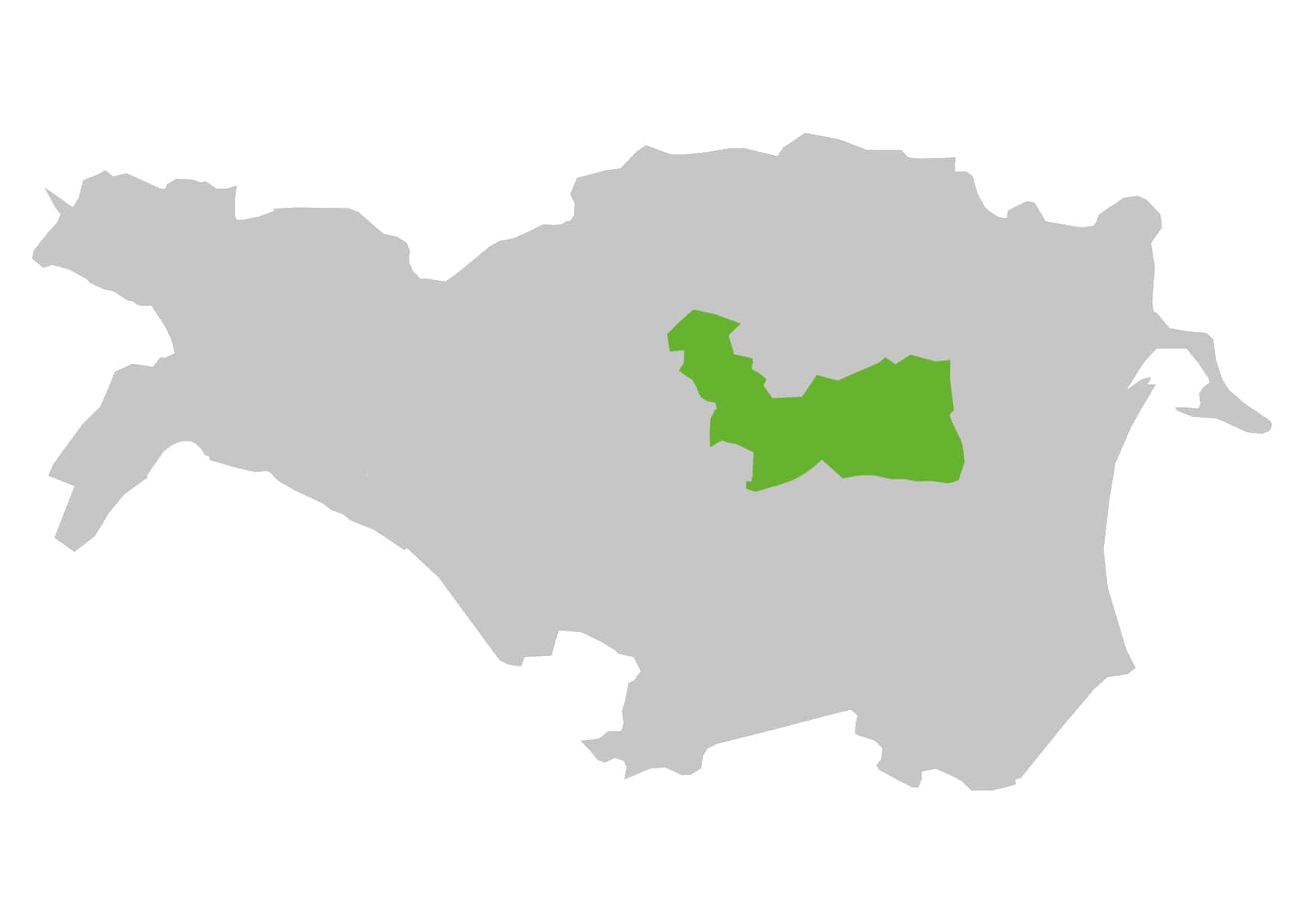Municiplaity of Fiscaglia

Fiscaglia, a scattered municipality of 8,373 inhabitants in Emilia-Romagna, was born on 1 January 2014 from the merger of Massa Fiscaglia, Migliarino and Migliaro, the latter also serving as the capital. Located between 25 and 35 km east of Ferrara and 15-20 km north-west of Comacchio, it is divided into three settlements along the Volano River, once the main branch of the Po and now a drainage canal.
The flat land was once characterised by lake valleys and delta swamps. Cultivation was made possible by canalisation and drainage, especially in the 19th century. Today, the countryside is dominated by industrial cultivation on large plots.
The land, composed of peat-rich, clayey marshy-alluvial deposits, still shows traces of ancient coastlines. The place name ‘Massa Fiscalie’ suggests a late Roman origin, indicating an area of confiscations that became state property. ‘Migliaro’ and ‘Migliarino’ derive from ‘miliarium’, indicating the presence of milestones.
Fiscaglia's origins could date back to a seizure by the Ravenna Exarchate in the 6th century or to a late Roman origin, supported by the discovery of Roman settlements. Less likely is the origin from an Arimanian settlement after the fall of the Exarchate.
The first certain mention of ‘Massa Fiscalie’ is in 921, when Pope John X granted it to the archbishop of Ravenna. ‘Migliaro' appears for the first time in a document from 1219, when Ferrara granted the local community a large piece of land along the Volano river.
Ancient Fiscaglia extended well beyond today's Massa Fiscaglia, with an epicentre around the 6th century parish church of San Vitale in Fiscaglia. The area was governed by ancient municipal statutes that attest to its autonomy.
The Volano river has always played a crucial role for the area, being the main delta branch of the Po until the 6th century and important for navigation and defence. The maintenance of embankments and canals was essential for hydrographic stability and agriculture.
In 1598, with the end of Este rule, the territories of Massa di Fiscaglia and Migliaro entered the Papal State, remaining there until the formation of the Cispadane Republic in 1796. Despite containment efforts, adverse climatic conditions and subsidence continued to challenge the region.

